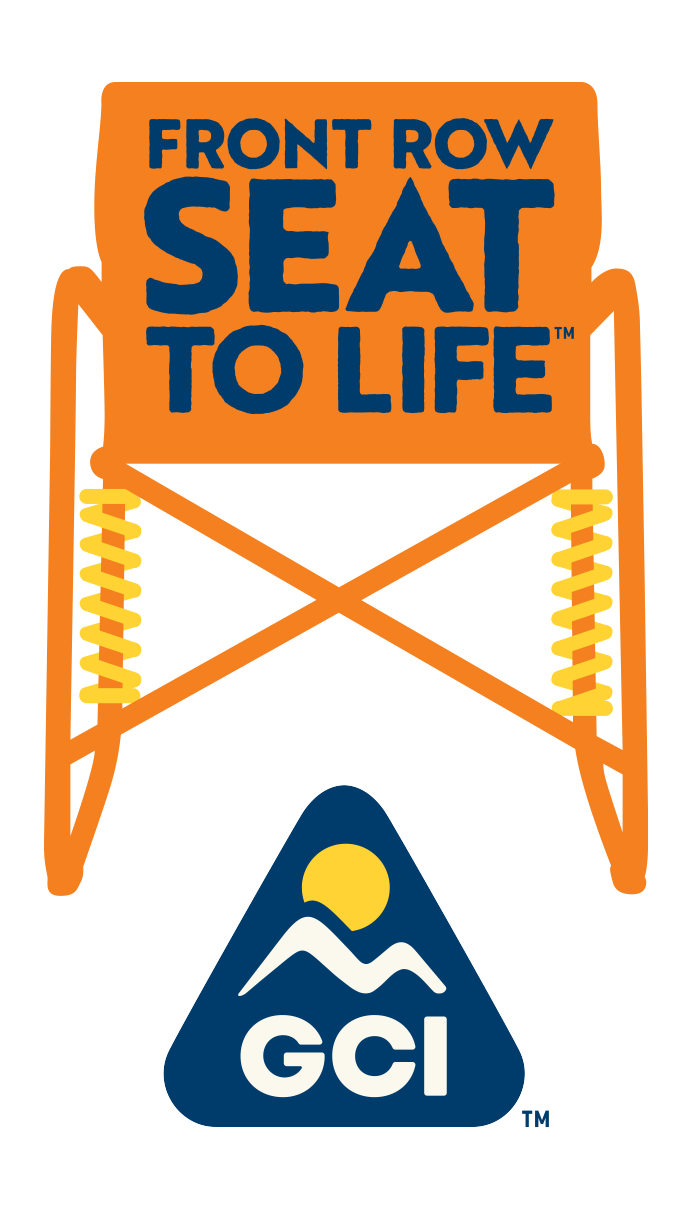A hut trip can be a great adventure—but the key to enjoying it is thorough planning in advance. Our ski hut trip packing list will cover the basics of what you need. However, there are many factors you’ll need to take into consideration, from the geographic location and expected weather conditions, to the duration of your booked trip, and what each hut provides.
Before we begin: what is a hut trip? Your group skis, snowshoes, hikes, or bikes to a backcountry hut, which is typically rustic and off-grid. The next day, you can explore the area and return to your home base hut, or follow a trail system to the next hut. These journeys can be physically demanding, so the itinerary should be planned carefully, in accordance with your fitness level and safety training.

Hut Trip Essentials
- A 40-60 L pack with good support. Your pack size should depend on the length of your trip. If you’ll be staying at a single hut for several nights, bring a small daypack as well; this will make your daily explorations easier.
- A small repair kit. This includes spare parts for your skis and poles, a multi-tool, cable ties, and of course, duct tape.
- Clothing. Dress in layers, choosing wool or synthetic pieces (not cotton) as base layers, with a hat and jacket or vest to keep you dry. Bring at least two pairs each of gloves and socks, plus a change of dry, comfortable clothes to relax in when the day is done. Some huts provide down booties or slippers, but if yours doesn’t, you’ll definitely want to bring a pair along!
- Toiletries. Choose travel-size bottles of the essentials: toothpaste, deodorant, hand sanitizer, and lotion. If you’ll have access to a shower, add shampoo, body wash, and a compact towel to the list. Don’t forget your toothbrush! You should also find out in advance if your hut(s) will be stocked with toilet paper.
- Sun protection. Despite low temperatures, the rays reflecting off the snow can be brutal! Protect yourself with sunglasses and/or snow goggles, as well as a hat with a brim, sunscreen, and lip balm.

For Navigating
Don’t rely completely on trail markers, as the weather can change quickly and leave you disoriented. It’s a great idea to bring topographic maps of the area, just in case. If you plan on using your phone or other mobile device for navigation, make sure to have a battery bank for on-the-go charging—and pack printed copies of maps and a compass as a backup.
In addition, a head lamp will come in handy for shorter trips—namely, to the outhouse at night! Most huts have separate bathroom facilities, so if nature calls in the middle of the night, you’ll be glad to have a hands-free light to guide the way. (Pack some extra batteries for it as well.)
For Safety
No matter where your trip is taking you, you should have a first aid kit on hand. Even a minor injury can be a big deal when you have miles to ski before reaching your next hut for the night!
For hut trips at high altitudes, there’s always a risk of an avalanche. For this type of terrain, you should have some basic training in avalanche safety, safety tools including an avalanche beacon, shovel, probe, and snow saw—as well as a solid understanding of how to use them all. Before you head out, make sure to check the local weather conditions, and inquire about trail conditions, if possible.
It’s also a good idea to have an emergency communication device, such as a satellite phone, which will allow you to call for help even in a remote location.
For Sustenance
To stay hydrated throughout the day, you should have an easily accessible water bottle (or bladder). To keep your load light, pack a water filter. Snow can be melted, filtered, and then used as drinking water. You’ll also want a thermos for hot beverages, and possibly wine or beer to enjoy at the hut.
Your hut may be stocked with food and utensils, or you might need to bring your own. Facilities range from a basic propane burner or wood-burning oven to full kitchens with dishes and cooking equipment, so your packing list greatly depends on your reserved accommodations.
Even if the hut is providing food, you’ll still want to bring snacks for the trail—choose a variety of easy-to-eat, high-protein foods like beef jerky, dried fruit, and nuts.

For Relaxing
When the day is done, it’s time to relax! To help you unwind, pack a book, paper and pens, and/or playing cards; some huts may also have a few board games on hand. A camp lantern may be helpful too, for while some huts have solar panels that allow for lighting, it’s typically minimal and shouldn’t be relied on.
Of course, nothing helps you relax like a rocker! GCI’s outdoor rockers are built for smooth, gentle rocking on any surface, and durable enough for wherever the trail takes you. The Kickback Rocker™ is our lightest rocker, making it a great choice for hut trips where you have to carry everything in, while the Pod Rocker™ with SunShade features an adjustable canopy made with UPF 50 fabric, so it’s a great choice for hanging out when the sun glare is harsh.
When it’s time to tuck in, you’ll need your pillow, sleeping bag, and mattress pad, if the hut requires you to bring your own. You may also be happy to have a pair of ear plugs to help block out someone else’s snoring—because you’ll need a great night’s rest to give it your all the next day.






